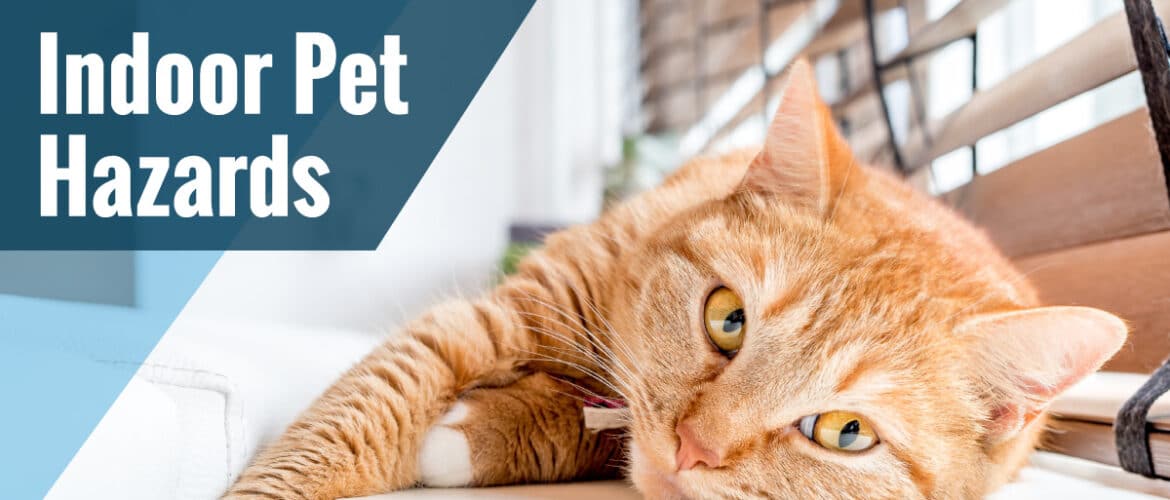Skin conditions in dogs and some cats is a common concern for many pet parents. From behavioral signs like excessive licking or scratching to physical symptoms such as hair loss, red skin and scabbing, there is a wide range of... read more
Seasonal Pet Allergies – Causes, Symptoms and Treatments
Allergy season is upon us, and we can’t forget that our pets develop allergies, too. Pets can develop seasonal allergies towards plants, dust, dander, and more. If untreated, allergies can leave your pet in severe discomfort and pain. Let’s learn... read more
The Do’s and Don’ts of Dental Care
What daily rituals do you have with your pet? Giving them fresh food and water each morning and lots of love, maybe going for a daily walk or giving them a good brushing? If maintaining dental health isn’t on the... read more
Pet Care to Consider Before Getting a New Puppy or Kitten
A puppy or kitten can be an exciting addition to the family, but before you surprise your family with a new little furry friend, be sure you are prepared. In this pet care starter information, we have included some ways... read more
Indoor Pet Hazards
While many of us are aware of the most common dangers for our pets, such as chocolate for dogs, there are a wide variety of toxic items your pet could stumble upon in your home that are easy to overlook.... read more
Meet the GVAH Veterinarians
At Grand Valley Animal Hospital, our doctors are the heart and mind of our practice. Our pet care professionals provide outstanding veterinary care, help foster great relationships, and offer customized care for you and your pets. If you haven’t had... read more







